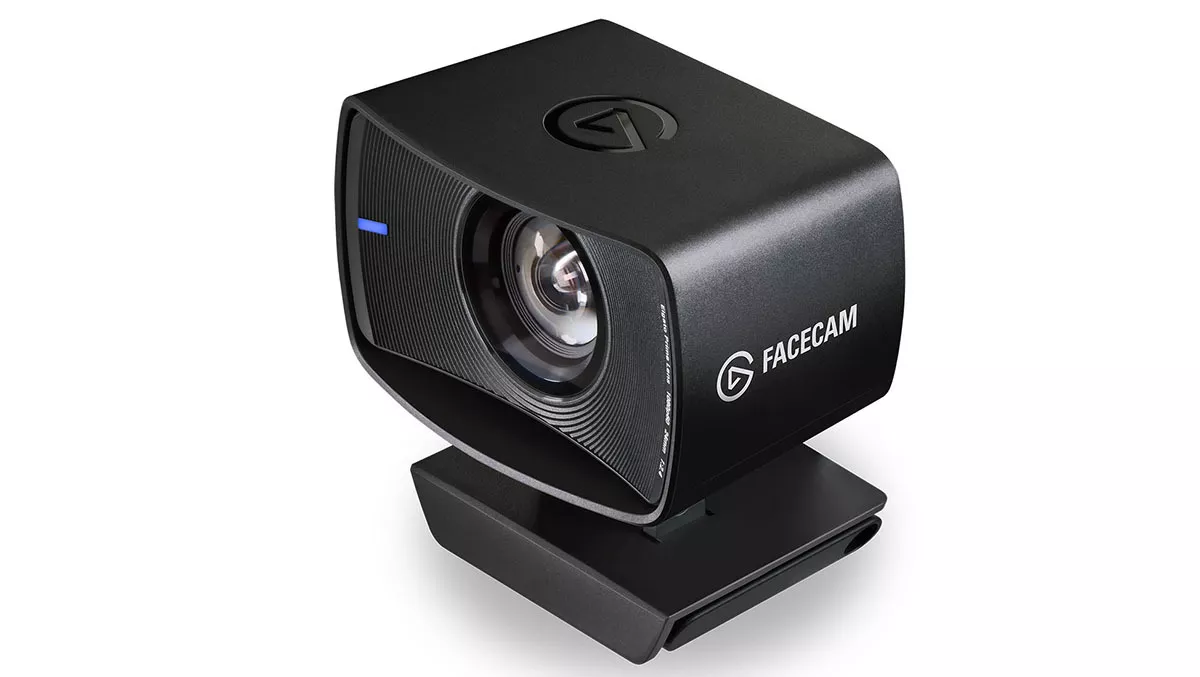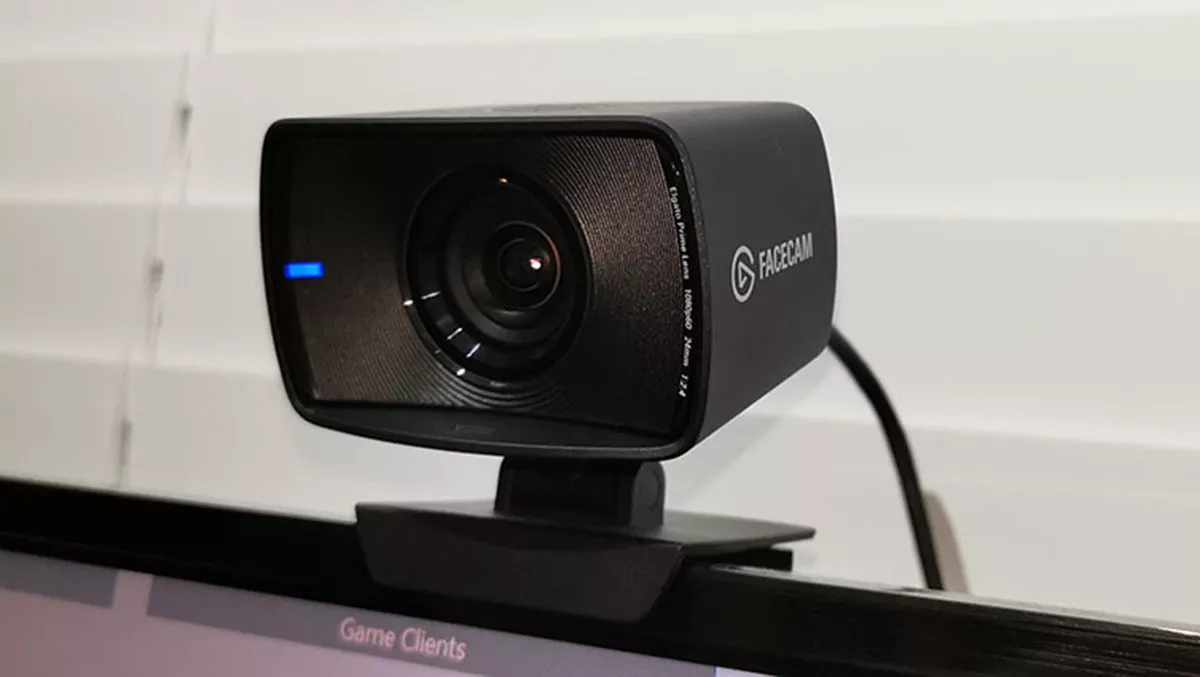
Hands-on review: Elgato Facecam Streaming Camera
Elgato fills a gap in the streaming camera market with their Elgato Facecam.
Whilst most webcams are fine for zoom calls, they fall short of the specification required for good streaming or YouTube video. Even the best webcams (and even some purporting to be steaming cameras) will only record video at 30 frames per second. If your game is running at 60 frames per second, your head moving and mouth flapping at 30 FPS is going to look a bit jarring at the least and unprofessional at best.
You'd think, therefore, it was easy to get hold of a 1080p 60 FPS webcam/streaming camera. Well, it's not. It's so bad that most streamers rig up their DLSR camera (via Elgato's Cam Link dongle) and film like that. It's expensive, but an understandable solution.
The Elgato Facecam seeks to solve the problem. The camera can capture high-quality video, even in low light, up to 1920x 1080 up to 60 frames per second. This should be more than enough for most streaming and YouTube videos.
The box comes with everything that you need to get going. The main camera body is connected to your computer via a USB 3.0 cable, the camera end is a USB Type-C connector, and the other end is a USB Type-A.

Internally, behind the removable dust cap, the camera has eight all glass lenses. It has an f/2.4 aperture and a full-frame equivalent focal length of 24mm with a focal range between 30 - 120cm. Images are captured via a Sony Starvis CMOS sensor.
The 1080p 60 FPS recording is perfect for YouTube videos, offering a resolution that suits most channels. If you are recording 4K game video, the 1920x1080 video is more than enough for a reaction inset. The 60 FPS means that your videos will look professional. If you don't need HD resolution, there are some other settings all the way down to 540p30.
The video quality is very good. Even in low lighting environments, the video has hardly any grain. In the office, I no longer have to use fill lights, as I did with my old webcam, to get decent video footage. This is no doubt down to the Sony Starvis CMOS image sensor, the same type used in surveillance products, which derives its name from being able to capture starlight.
The Elgato Facecam does not have an integrated microphone. Whilst this is slightly disappointing if you are using it as a webcam, it's not at all surprising for a quality streaming camera. If you know your stuff, you are going to be using a decent streaming mic, at the very least.
Positioning the camera is east with a posable mount that can be perched on the top of a monitor or used free-standing on a desk or shelf.
The mount is attached to the camera via a ¼-inch thread, so the camera can be used with other industry-standard mounting and tripods.
Just as the Elgato Stream Deck makes controlling the likes of Streamlabs OBS and OBS Studio a doddle, the Facecam integrates just as easily into a streaming pipeline. The Elgato Camera Hub app can be downloaded free from the Elgato website. Whilst the camera will work with other apps, including the built-in Windows Camera app, the Elgato app gives you the best control over the camera. The Face Cam also works with Nvidia Broadcast for background removal and effects. Of course, the Face Cam output can be used with your favorite streaming and recording software as well.
The Elgato Face Cam does exactly what you'd want it to do at a fraction of the cost of a jerry-rigged DLSR set-up, but for the same price as lesser webcams. It produces vivid, professional-looking video even in low-light situations.


